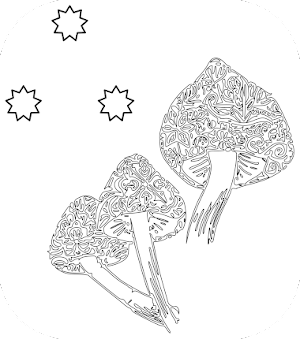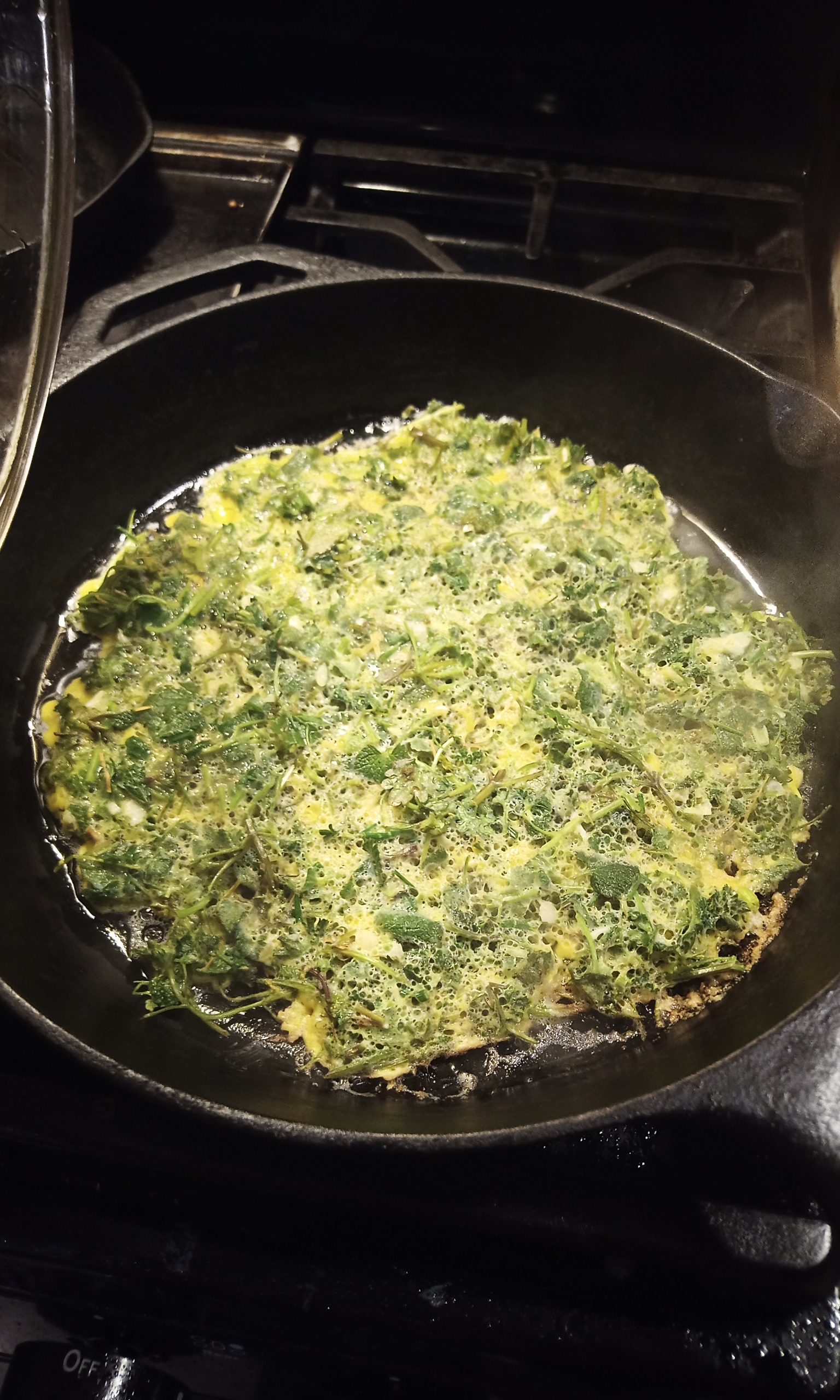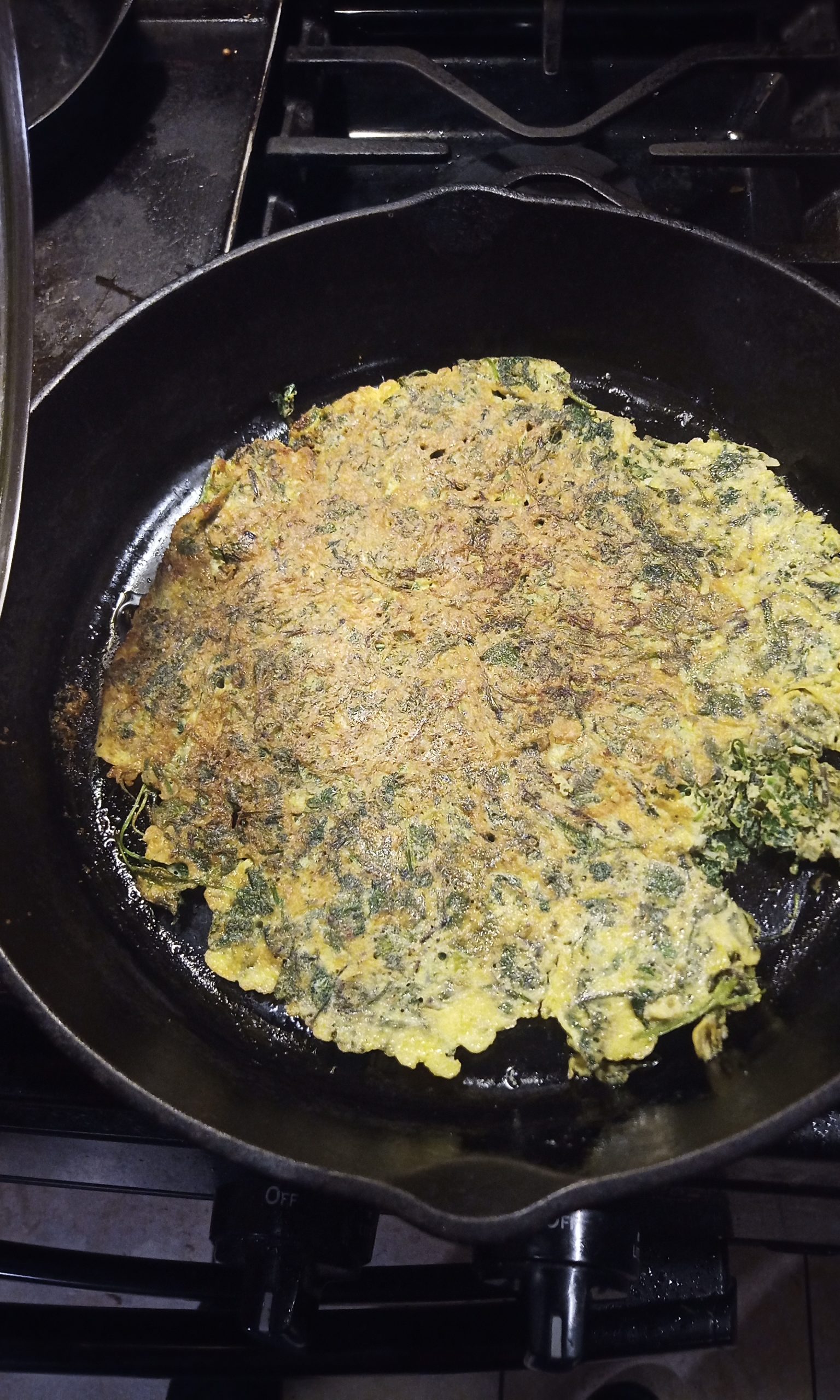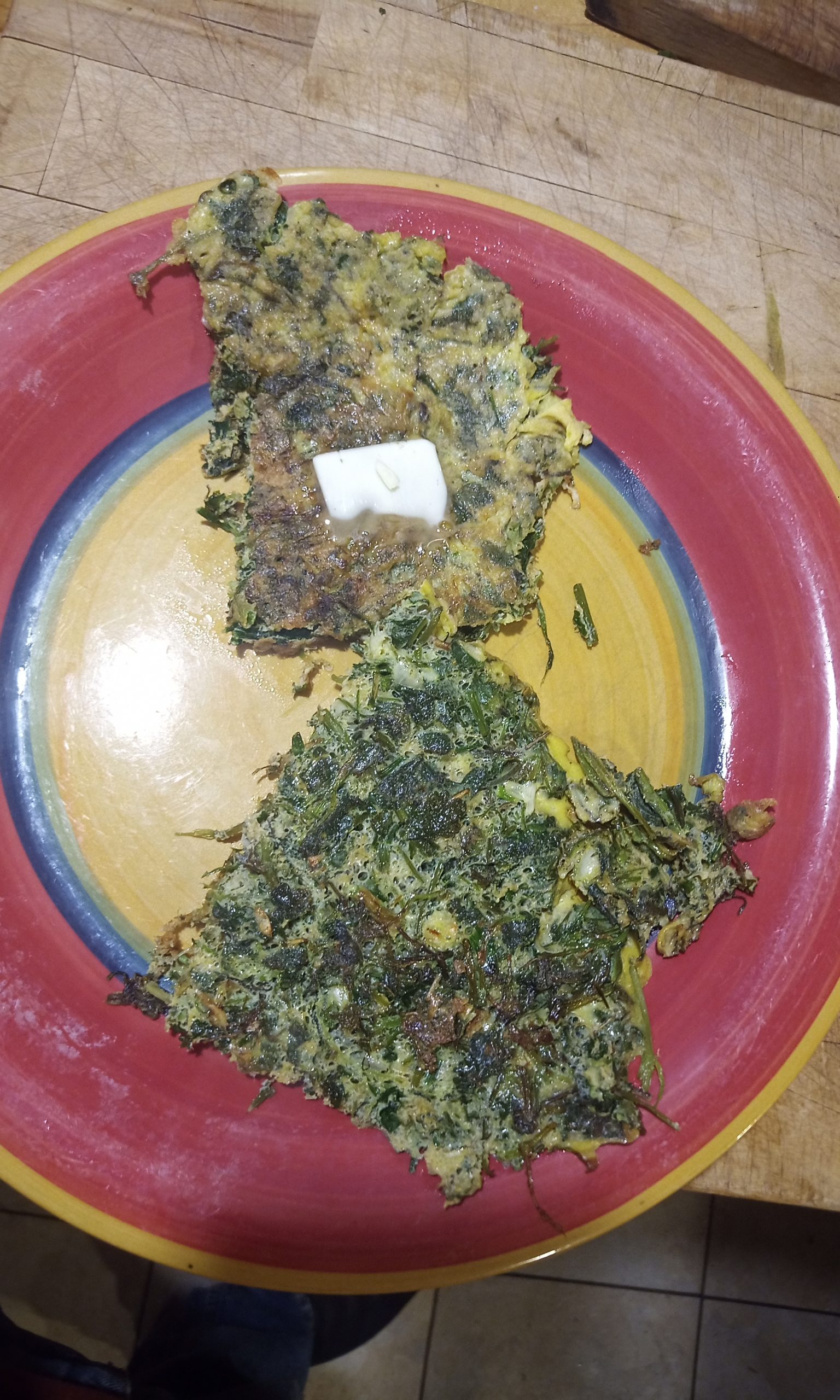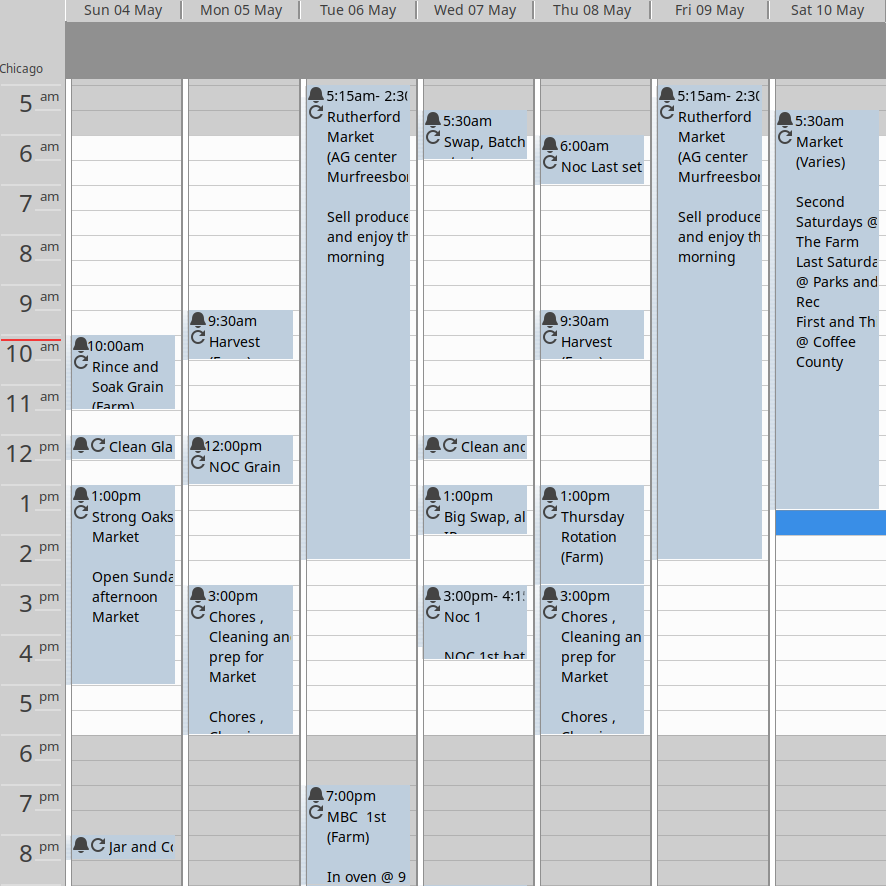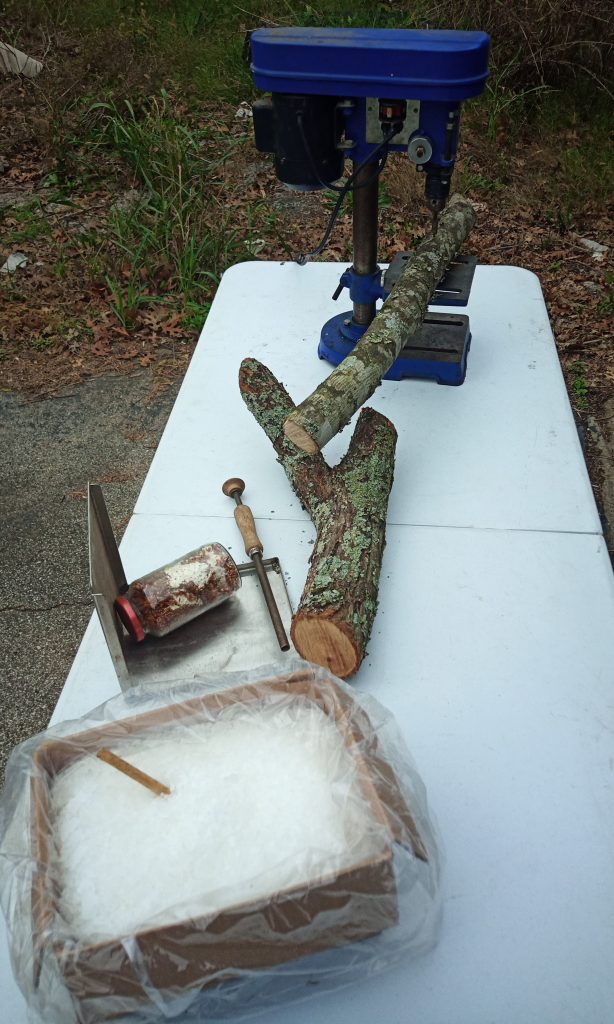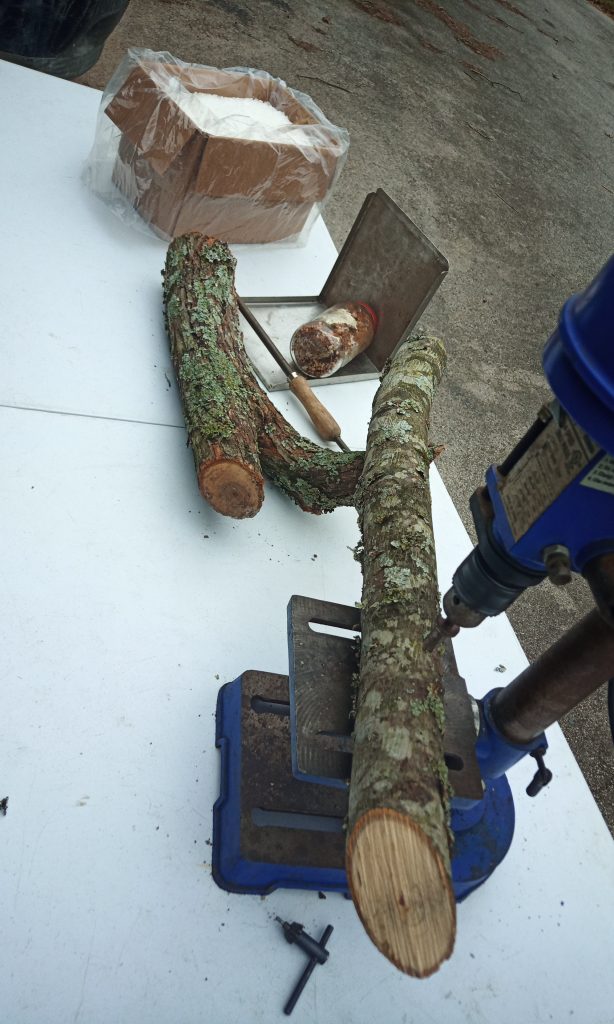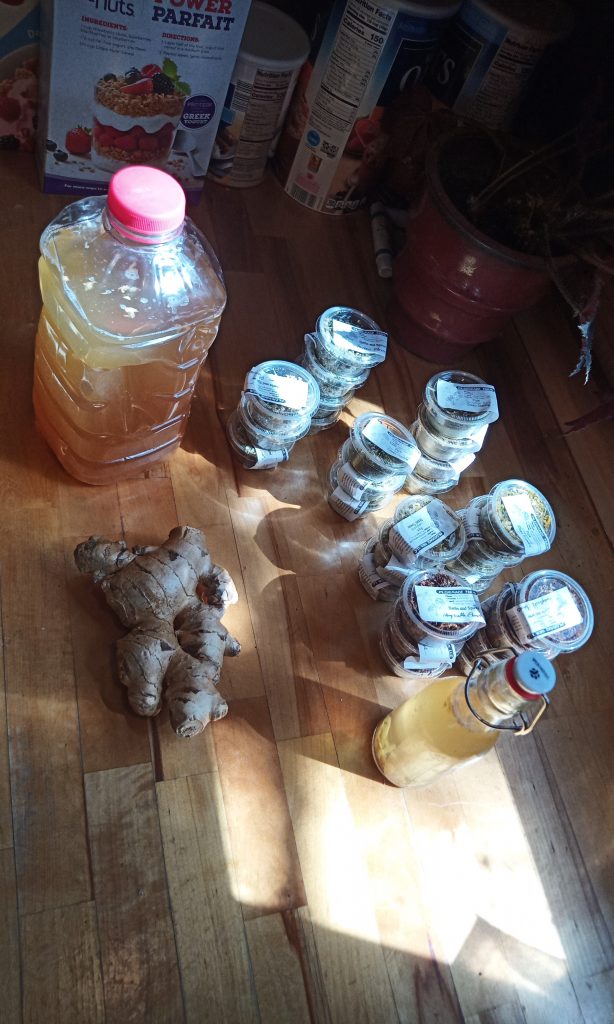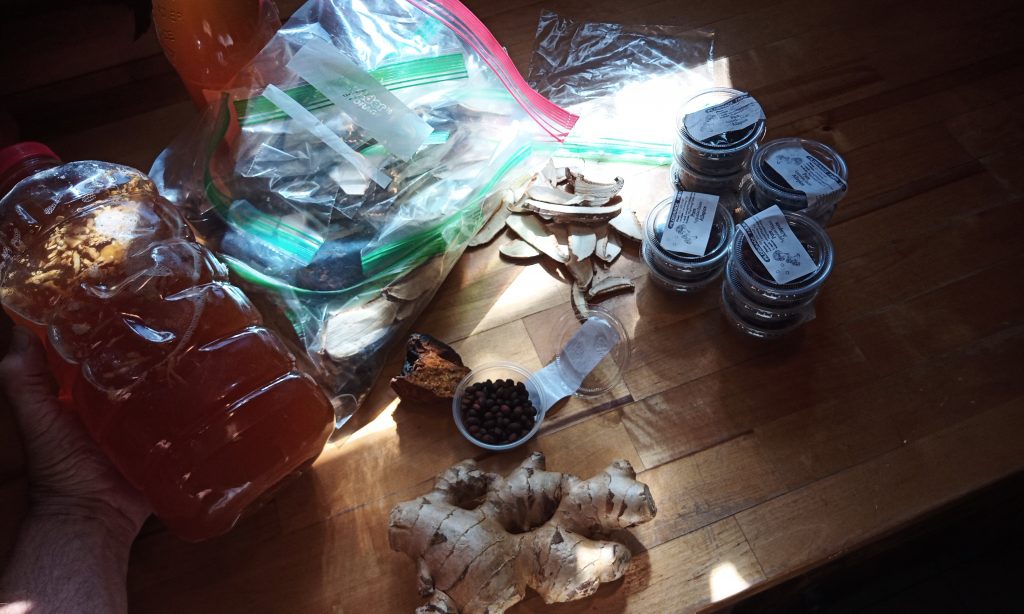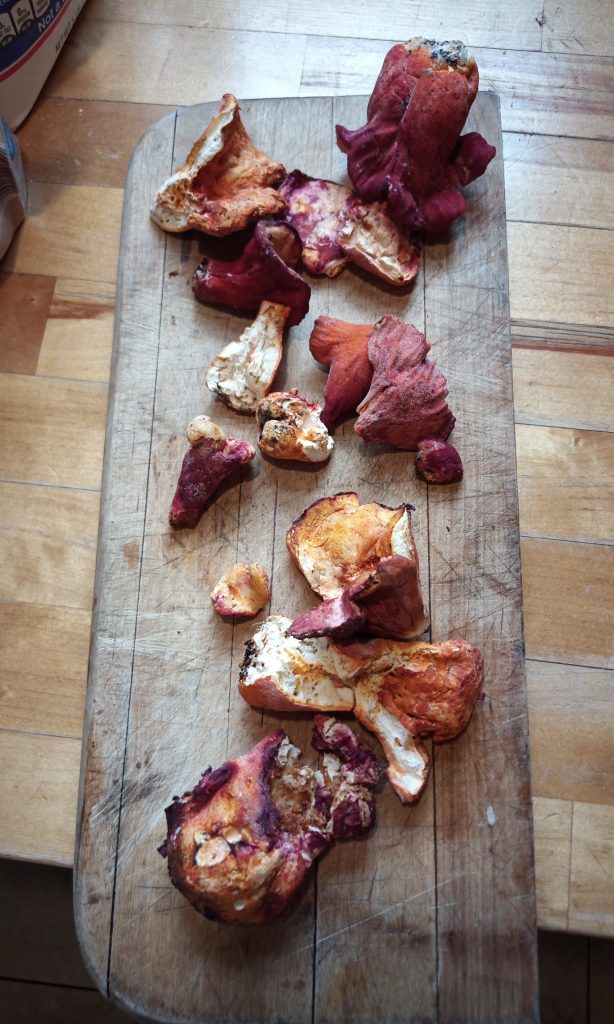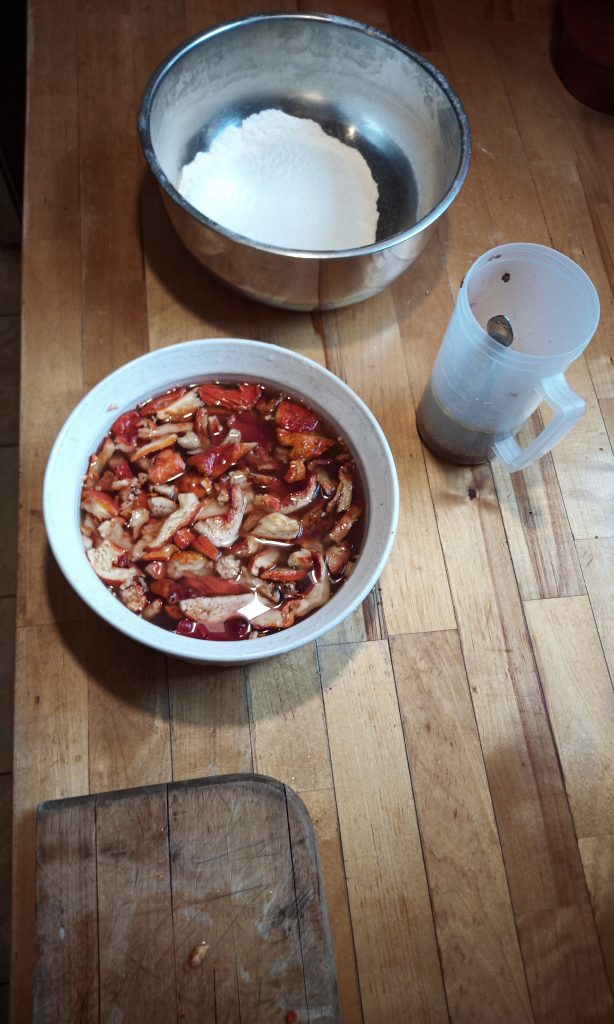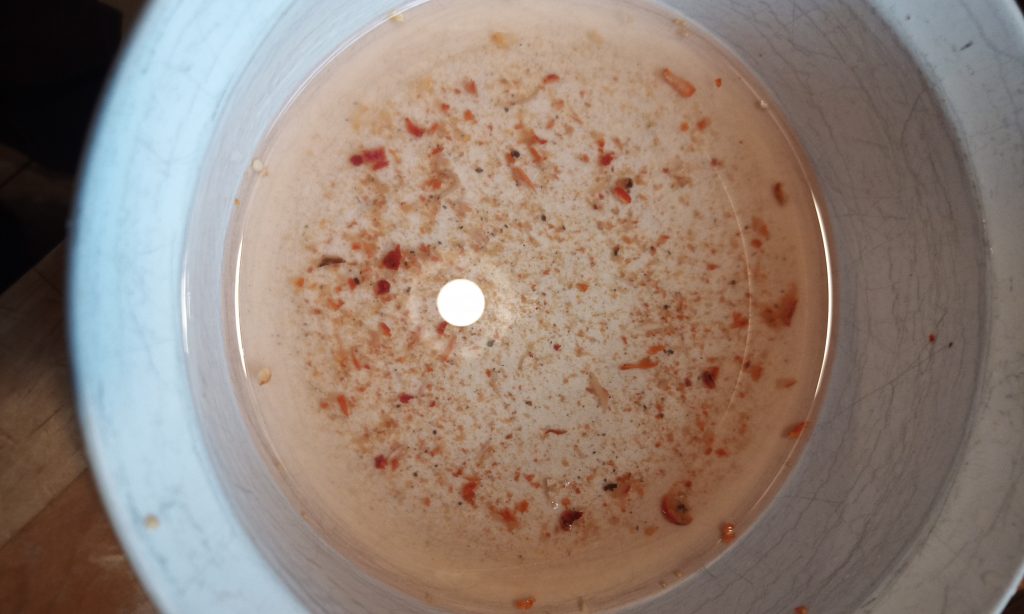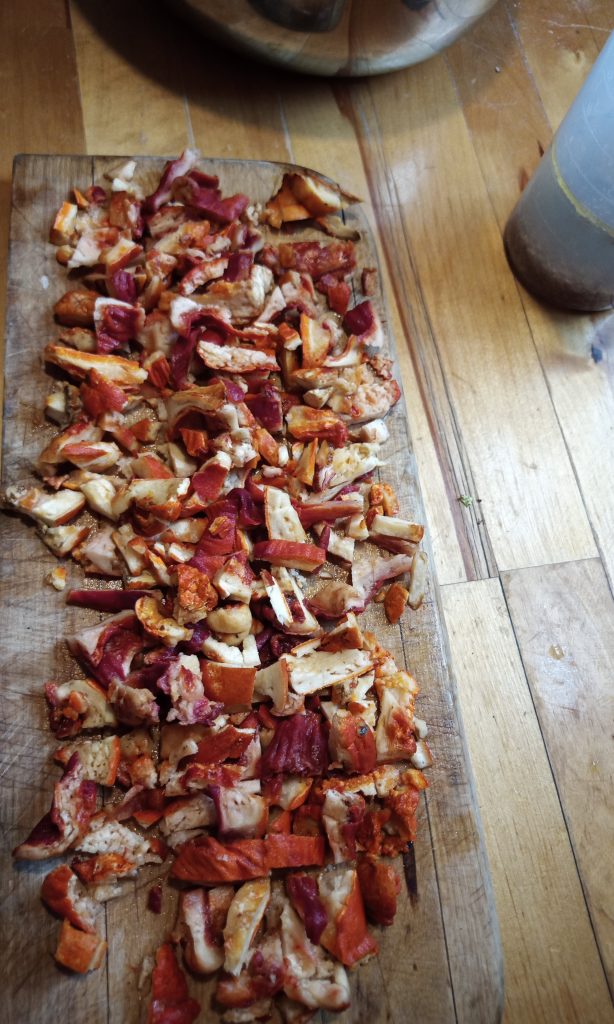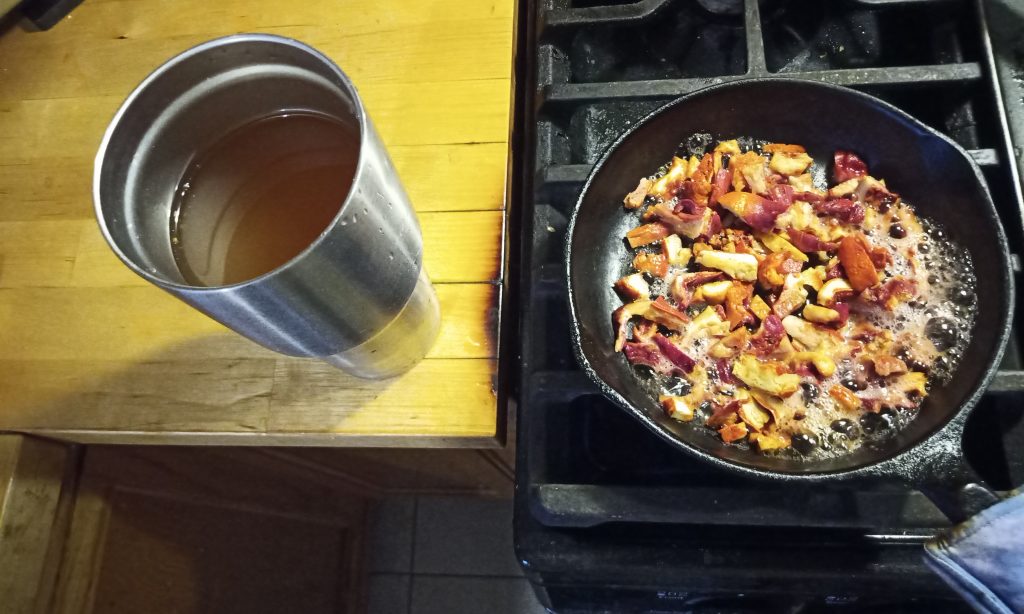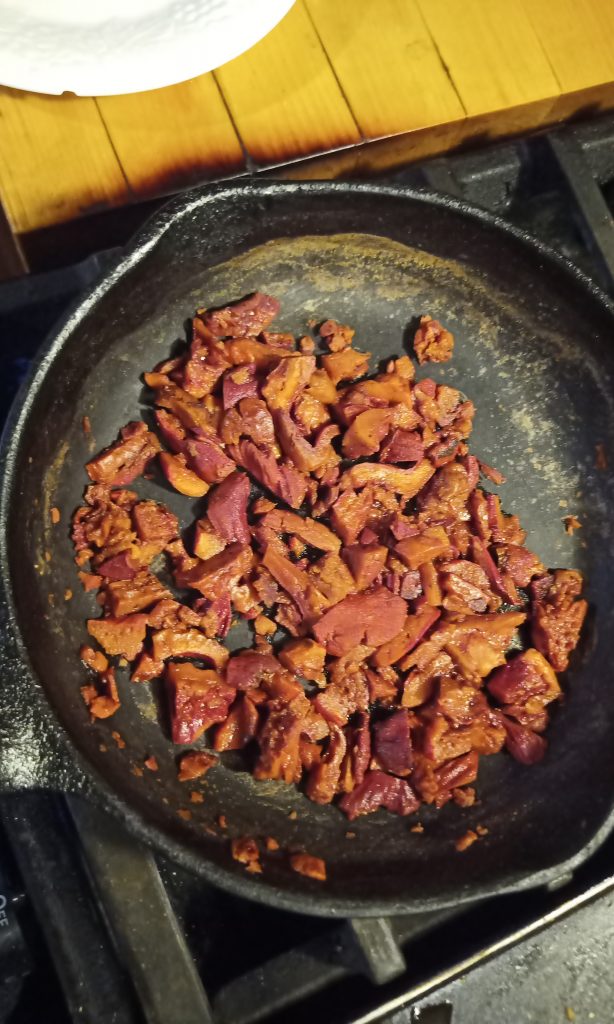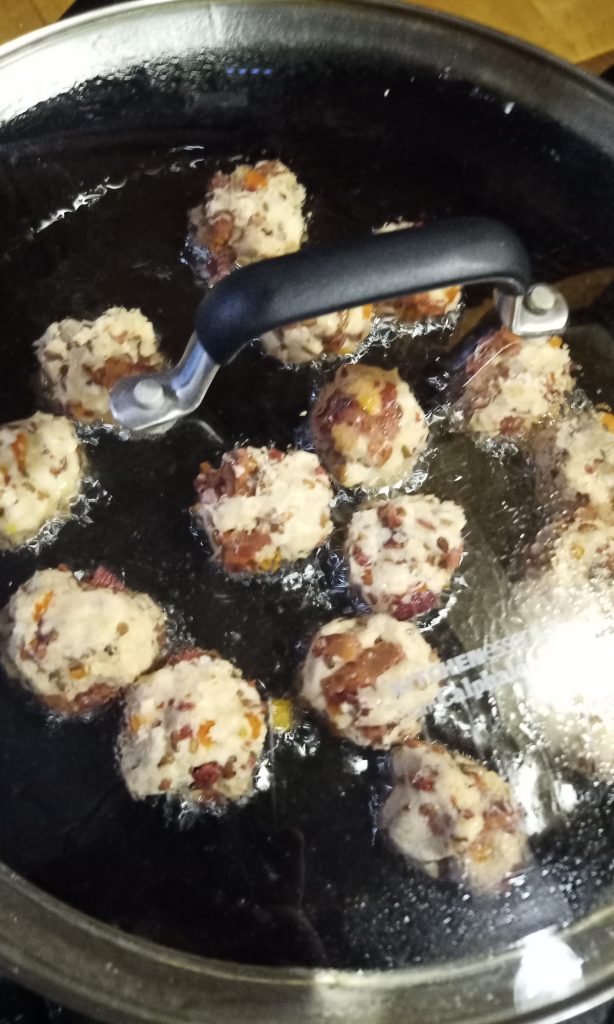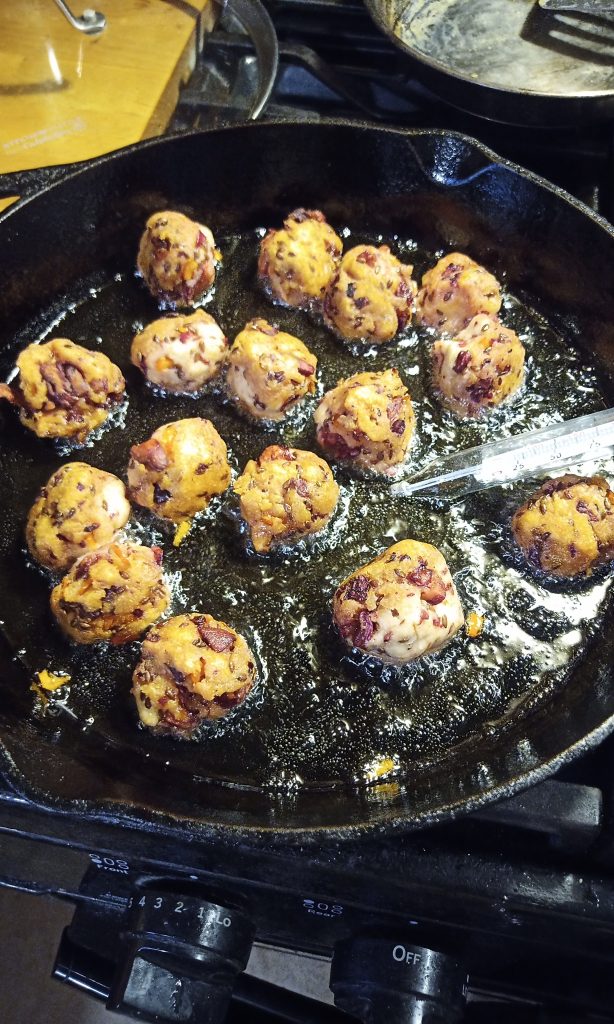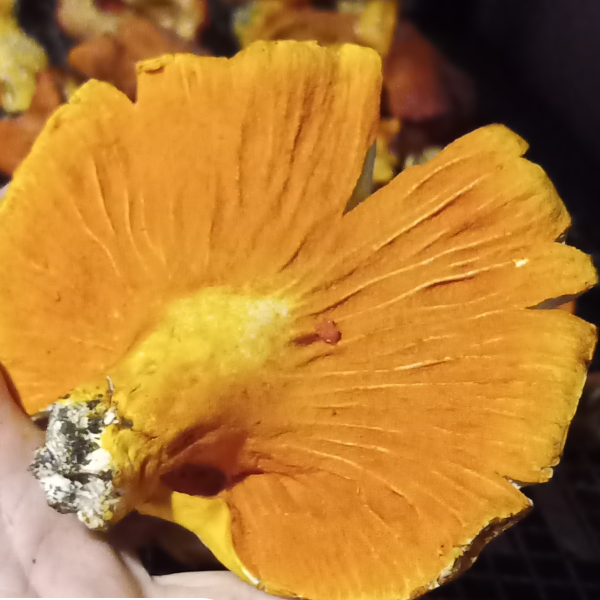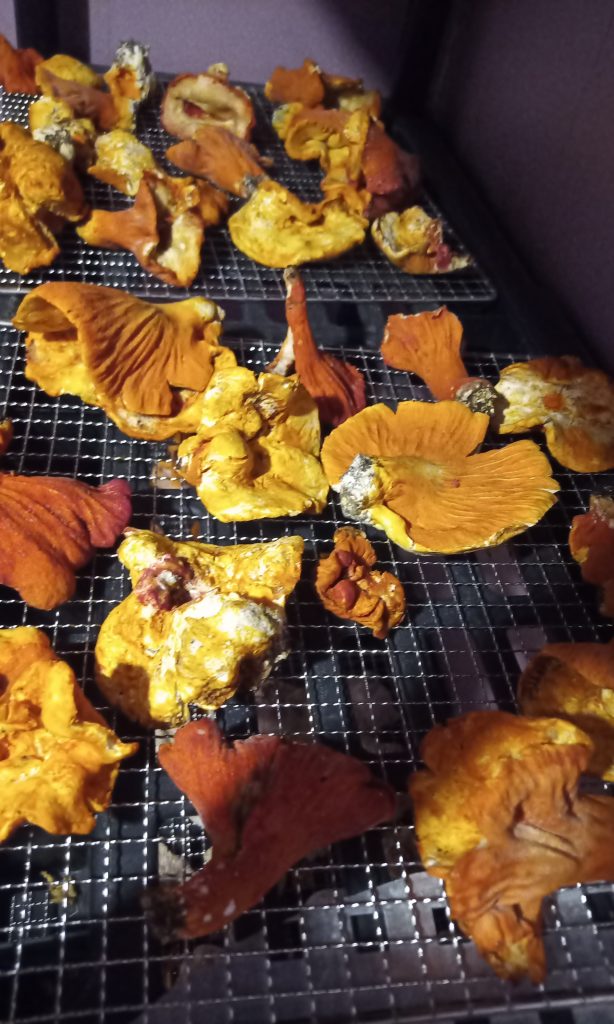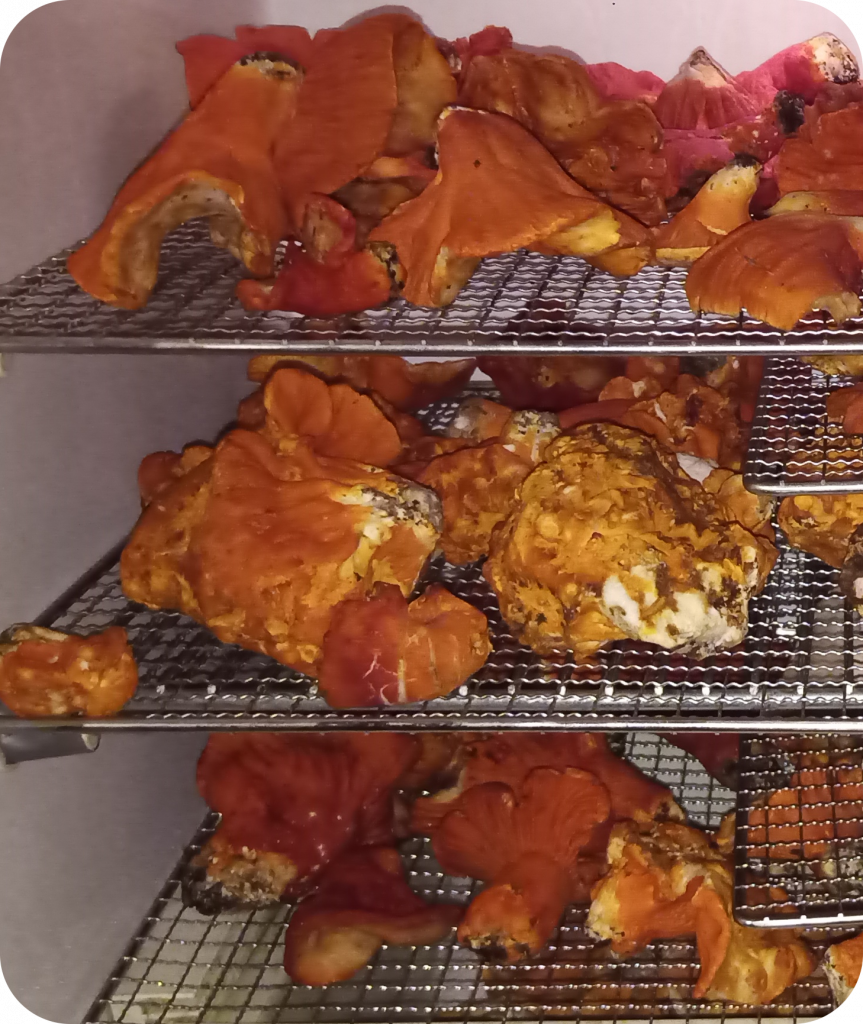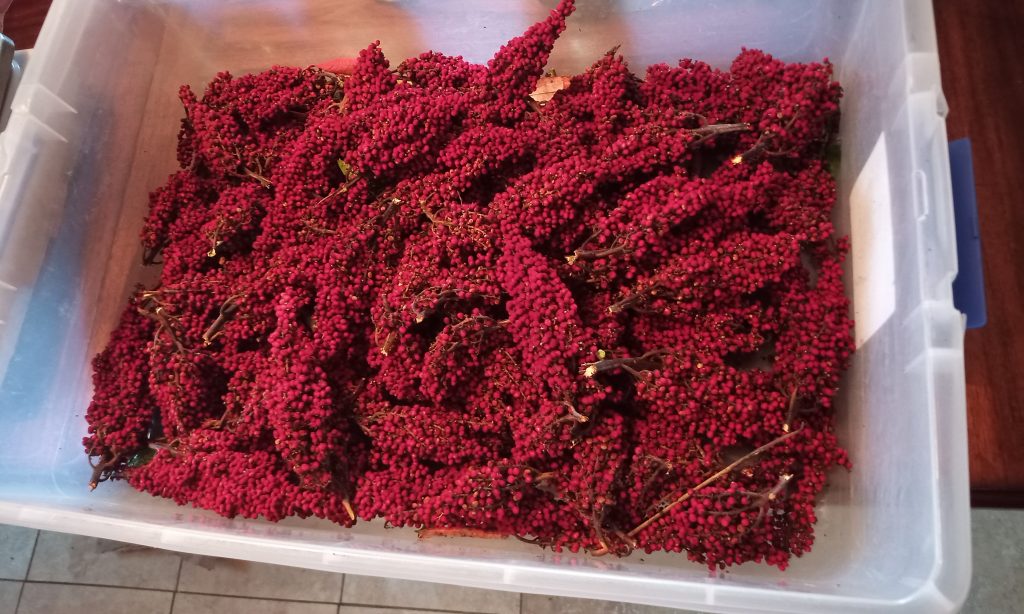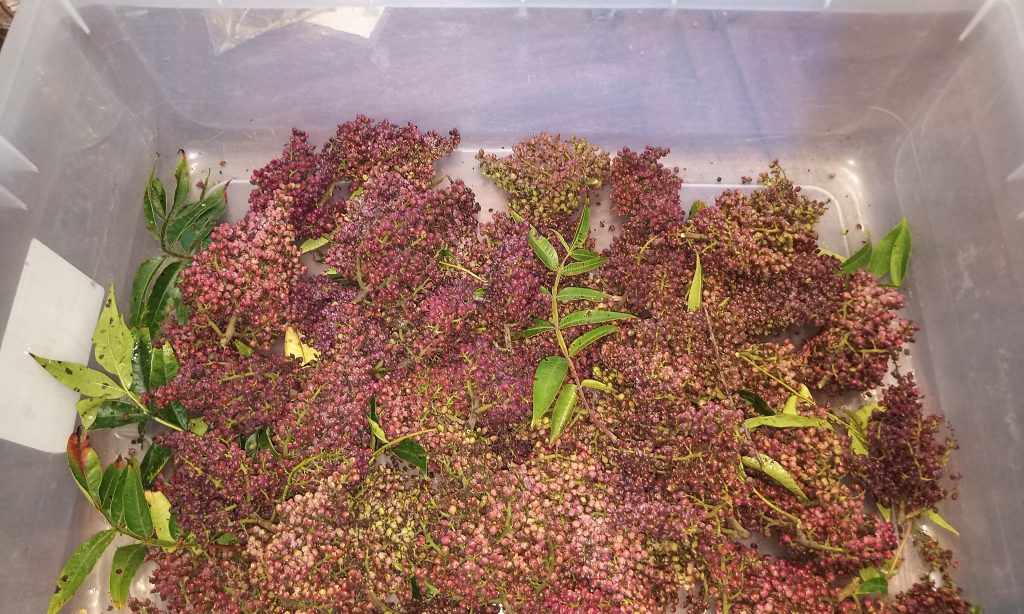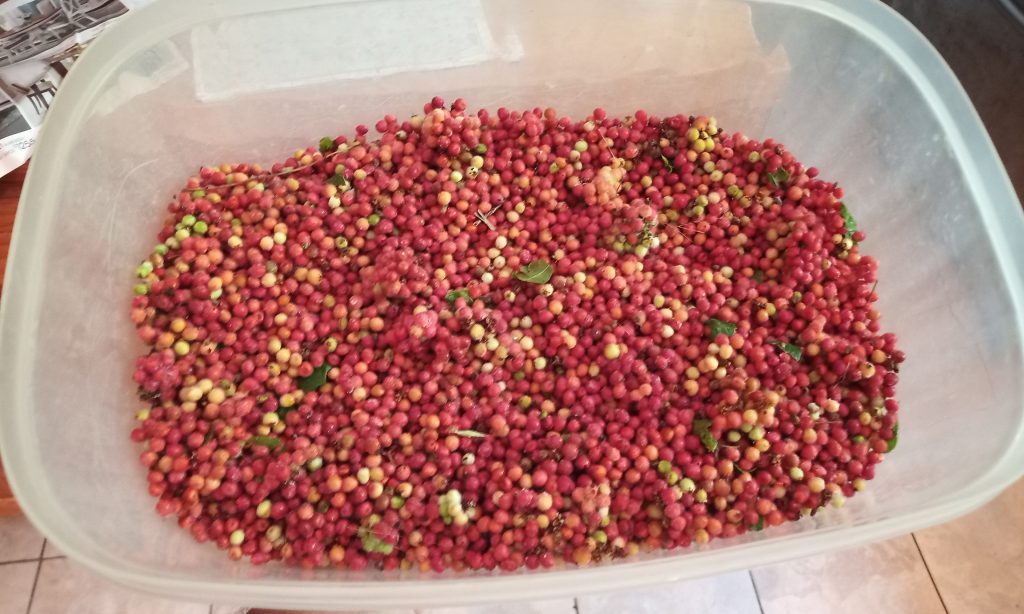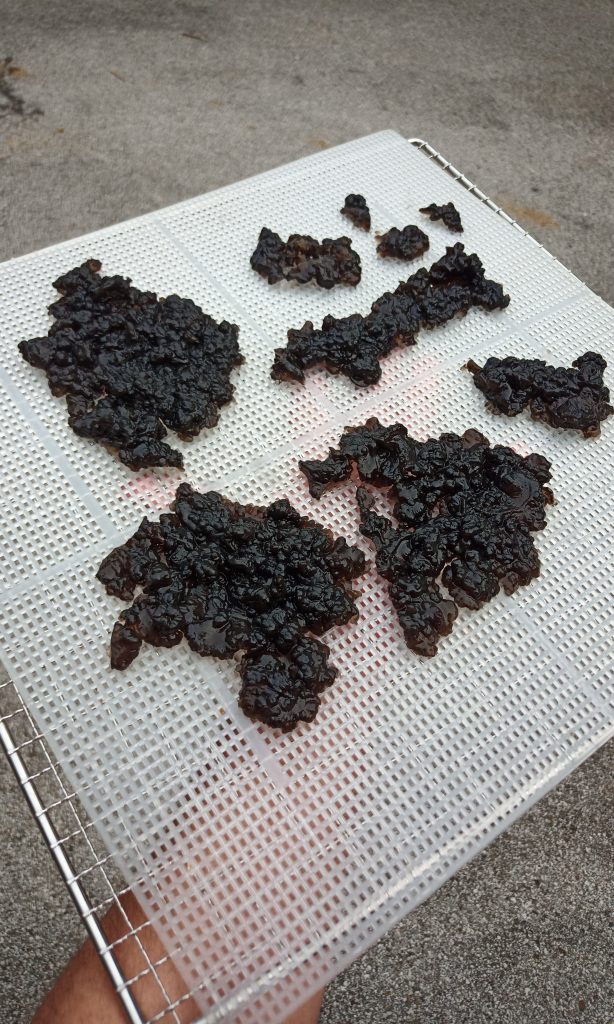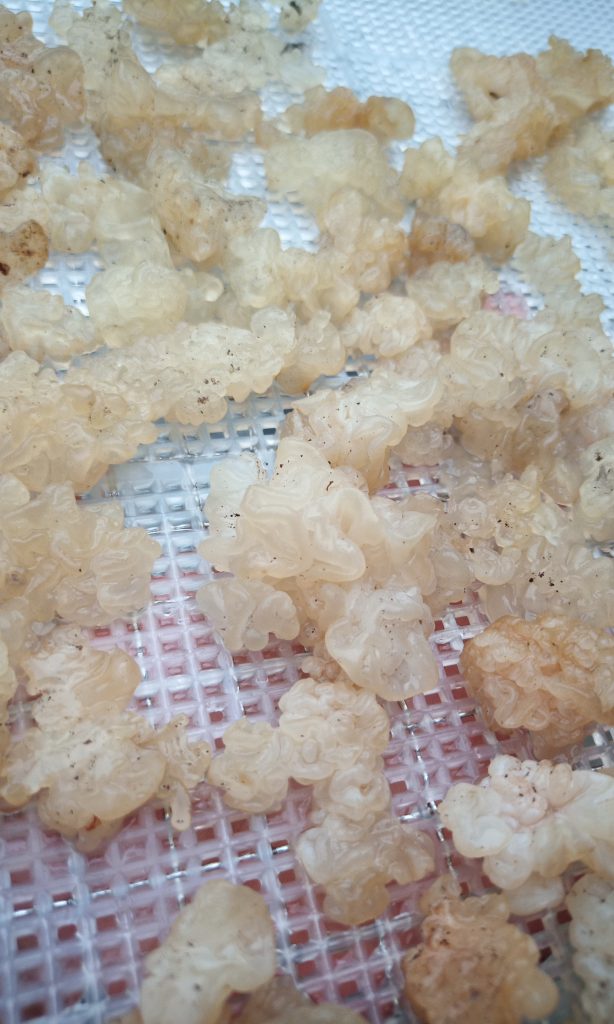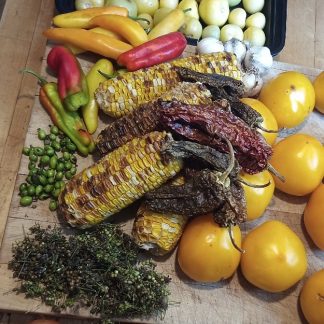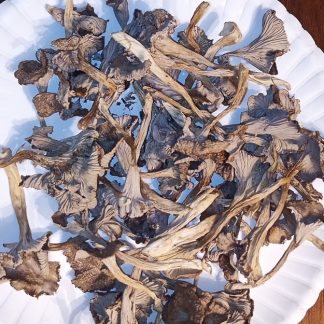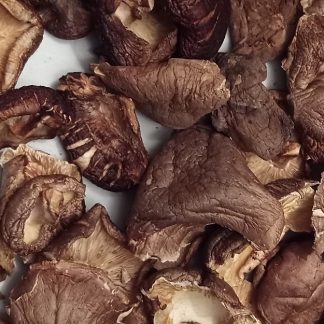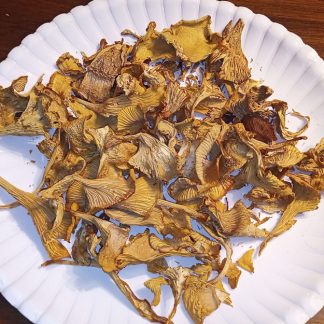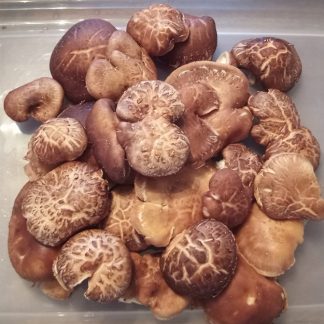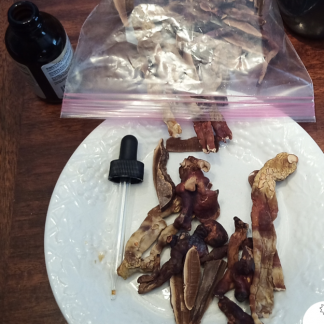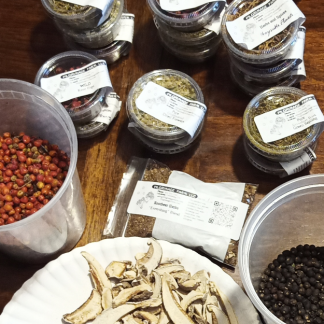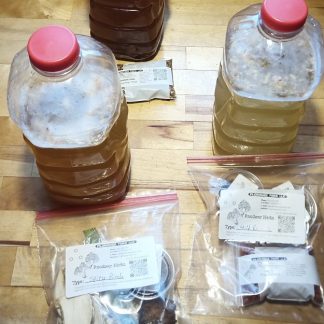Yeah, sure, there’s all colors of mushrooms… the ones you buy in the store, they are ALL carbon BLACK…
NOW, Carbon Neutral, Eco Friendly GREEN mushrooms, those are ONLY found here at Pilgrimage Farm, and in the wild
What is this all about? Who cares, I mean, does it have an “organic” stamp?
What exactly IS an “organic” stamp anyway? … Honestly, I was shocked, the truth is that the “organic” label is about $$$ and if you are a poor farmer, then there is NO WAY you can get that regardless of your farm practices. The intent behind the “organic” program is well intentioned, and was developed with mass agriculture of “normal” vegetative type crops. Unfortunately for YOU the average discerning consumer, this program is blind to cultivation of fungal fruit.
USDA commonly “certifies” mushroom factories as “organic” for exorbitant fees. This is one of the easiest food factories to get “organic” certified because the raw materials being used are NOT evaluated properly. GMO soy hull is said to be organic after the chemical residue has been “burnt off” before industrial pelletization. Additionally, hardwood pellets are a by-product of mass deforestation and have probably the most sinister nightmarish carbon footprint in the world. Organic is deceptive, it never means GREEN… unless you mean $$$
The ONLY mushroom farm which totally rejects this profit based abuse on our environment is Pilgrimage Farm LLC.
PROUD to have a 100% circular natural process which grows stronger with the local eco-system EVERY year!
We do NOT “grow” our substrate, we let nature do that… we ONLY harvest what nature provides, turn that into mushrooms in the LEAST impact way possible, and with a COMMITMENT to reducing carbon footprint year over year.
This year we have put the science to the test, and reduced power consumption by ANOTHER 30% while increasing seasonal production by 40% or more, effectively reducing the carbon footprint by 70% per pound of mushrooms.
We are passionate about what we do here, this year we invested in a new format for cultivation to reduce our bio-degradable plastic bag usage. Plastic which has only one time use is part of a carbon footprint that we just can not be satisfied with. Our farm takes it a step further, ONLY using OXO Bio-degradable plastic bags, and keeping the bgas onsite to expedite the degradation process so that NO single use plastic pollution is being generated.
